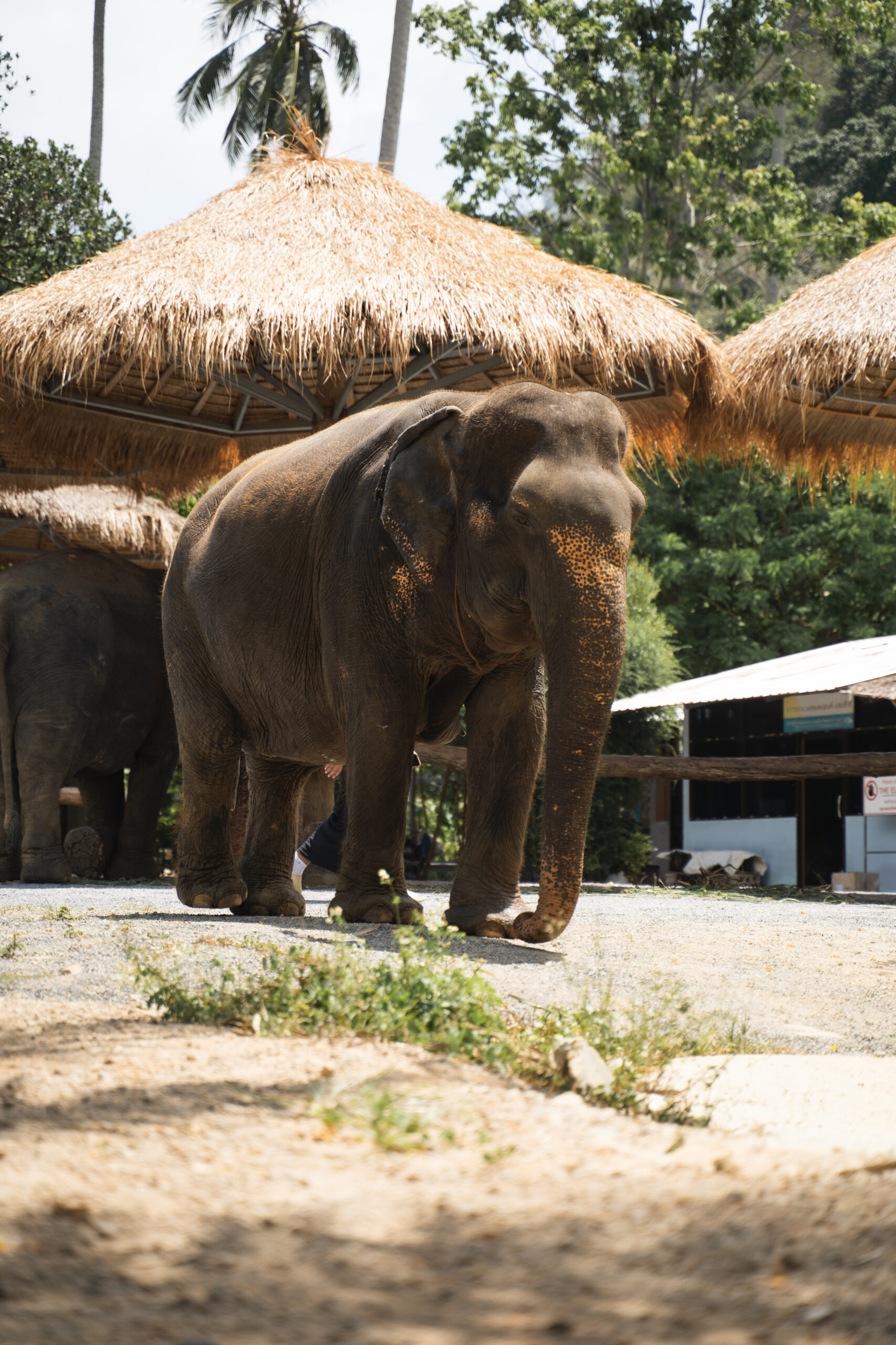What are the different life stages and milestones in an elephant's age classification compared to humans?
Elephants have different life stages and milestones compared to humans, from calves to juveniles, sub-adults, adults, and elderly. Discover how these gentle giants grow and change throughout their lives, with images to enhance your understanding.
An elephant’s age is typically measured in years, similar to humans and many other animals. However, elephants have different life stages and milestones compared to humans. Here’s a general overview of an elephant’s age classification:
- Calf: A newborn elephant is called a calf. Calves are highly dependent on their mothers and spend most of their time nursing and learning from their family members. They stay close to their mothers for several years, typically up to the age of 5 or 6.
- Juvenile: After the calf stage, elephants enter the juvenile phase. This period lasts from around 5 or 6 years of age until their early teens. Juveniles continue to learn important social and survival skills from their family group, playing and interacting with other young elephants.
- Sub-Adult: The sub-adult stage starts around the teenage years, typically between 10 to 14 years of age. During this time, elephants continue to grow and develop physically, while also gaining more independence from their mothers. They may start to explore their surroundings and interact with other social groups.
- Adult: Elephants become adults around their mid-teens to early twenties. By this stage, they have reached their full physical size and strength. Adult elephants play important roles within their social groups, participating in breeding activities and contributing to the overall functioning of the herd.
- Elderly: As elephants reach their later years, typically in their 50s or older, they are considered elderly. Their physical abilities may start to decline, and they may become more reliant on the support and care of their social group. Elderly elephants may exhibit signs of aging, such as worn teeth or slower movements.
It’s important to note that the specific ages and milestones can vary among individual elephants and different elephant species. Factors such as genetics, nutrition, and environmental conditions can also influence an elephant’s development and lifespan.





